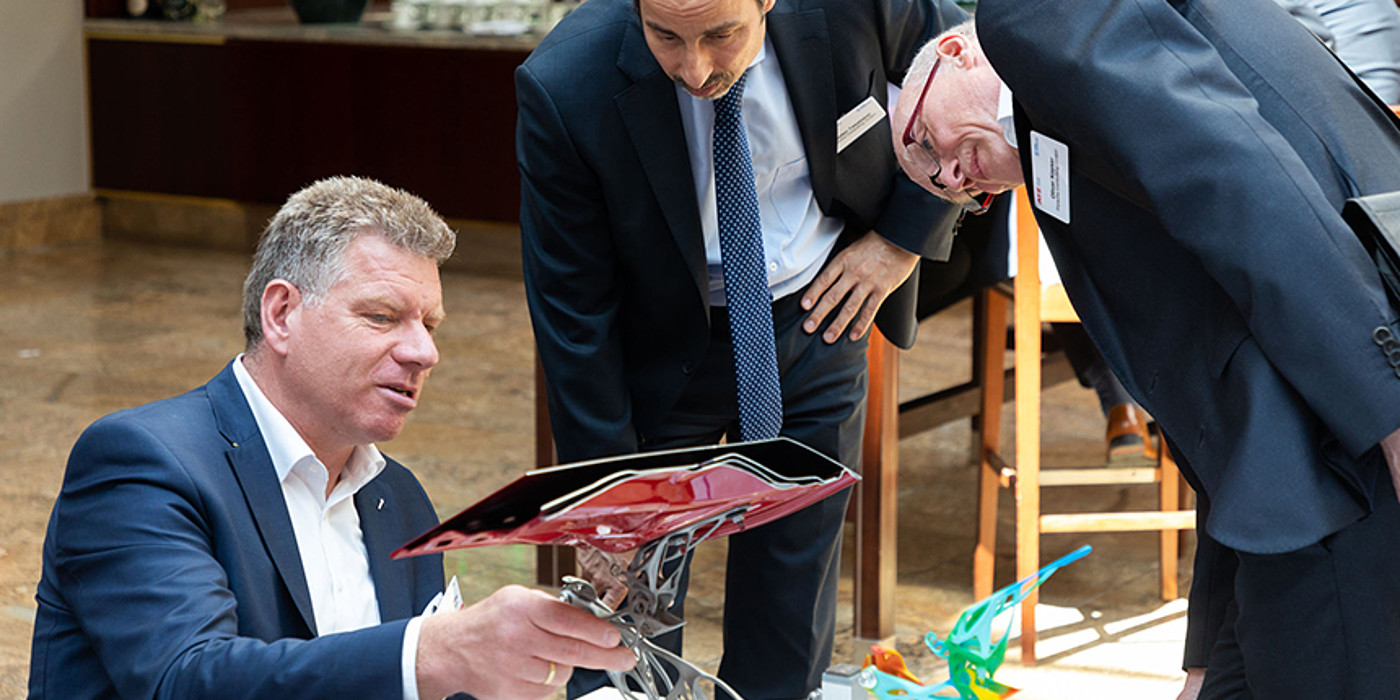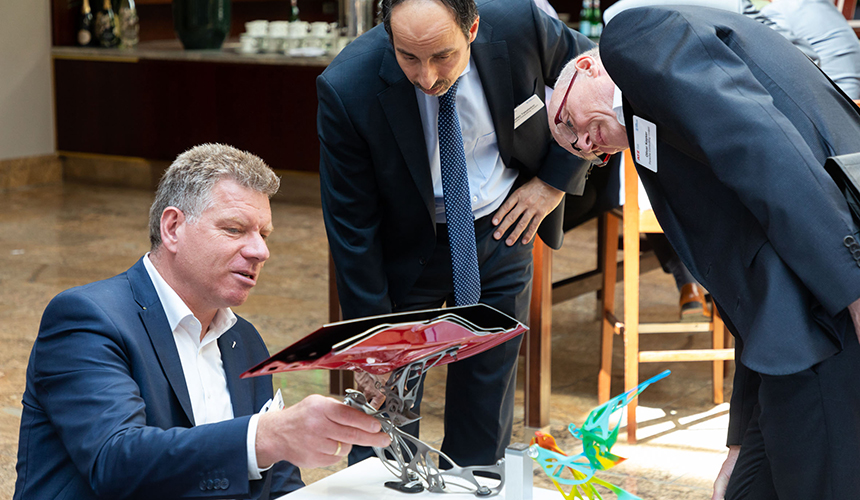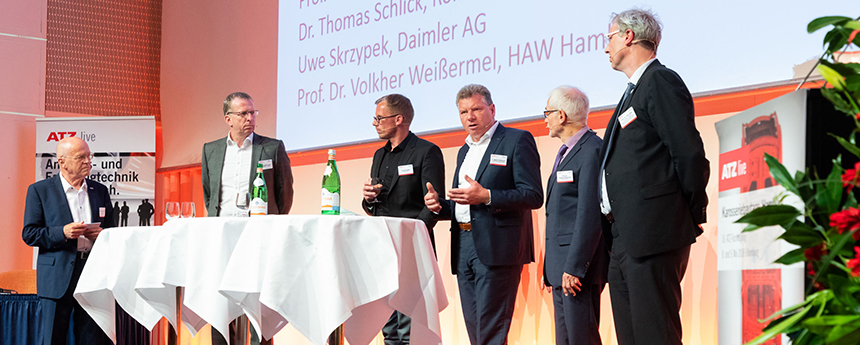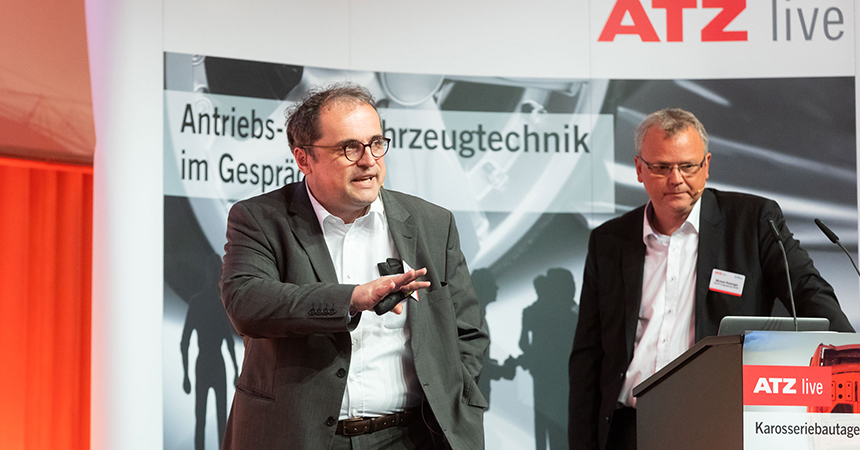The digital transformation process in the automobile will in the future have a major impact on body manufacturing. Alternative drive concepts and new mobility concepts will give further impetus to diversity and vehicle body requirements. This means that body manufacturers will have to develop lighter vehicle bodies to compensate for the increased weight of electric drive systems and strict emission regulations. As in the past, it is still primarily a vehicle's mass and to some extent its aerodynamics that define its energy consumption in the urban driving cycle. Apart from reducing vehicle mass, the body must, if attention is to be paid to alternative drive systems, also be adapted to make it considerably more scalable and variable and enable the batteries to be better integrated.
However, not only are requirements becoming more ambitious, but digital development tools are also becoming more effective and sophisticated. Additive manufacturing, for instance, is a new up-and-coming manufacturing method that will open the door to diverse new possibilities in body engineering.
Sparring with body manufacturing experts
The Body Manufacturing Conference in Hamburg (8th - 9th May, 2018) was a chance for ex-perts from various fields - vehicle manufacturers, suppliers and engineering companies such as EDAG - to meet and exchange scientific and technical information. The key topics set by ATZ and HAW were multi-material design, new vehicle concepts and additive manufacturing, which gave the EDAG Group a clear advantage, as these are areas in which EDAG has been actively involved for years. As a result, EDAG presented its own concepts and solutions at the accompanying exhibition. EDAG displayed an additively manufactured engine hood hinge with integrated pedestrian protection (LightHinge+), also a fully integrated engineering process chain for additive manufacturing in the form of the ultra-lightweight NextGenSpaceframe 2.0, which is assembled without fixtures. With its third exhibit, ISB Elektro, EDAG demonstrated the incremental swivel bending of flexible bearing structures - important engineering skills for the implementation of manufacturing processes as defined by Industrie 4.0.
In his keynote address "NextGenSpaceFrame 2.0", Dr. Martin Hillebrecht (EDAG), in coopera-tion with Manuel Gaytan (Siemens), spotlighted the digital development process chain for 3D printed aluminium lightweight structures, in order to reduce the time to market.
During the panel discussion which was chaired by Wolfgang Siebenpfeiffer, EDAG's Head of Innovations, Dr. Martin Hillebrecht, and technical experts from Daimler, Roland Berger, FEV and HAW Hamburg discussed the current status of the digital transformation process and its effect on body manufacturing. "Additive manufacturing in particular offers enormous digital development potential for engineering and reducing the time to market," explained Dr. Hille-brecht.
Increasing variant diversity calls specifically for new methods in manufacturing and production technology and for the integrated interaction of product and production development.
In their technical presentation "The Self-healing Fixture", Dr. Frank Breitenbach, Senior Technical Expert in Planning Methods, Andreas Friedrich and Markus Reisinger, all of EDAG Pro-duction Solutions GmbH & Co. KG, demonstrated the potential of the horizontal networking of quality information in body manufacturing.
With its input at the 2018 Hamburg Body Manufacturing Conference, the EDAG Group clearly demonstrated the company's skills and technological leadership in important engineering disciplines, showing itself to be an innovative engineering service provider working in the interests of its customers.



